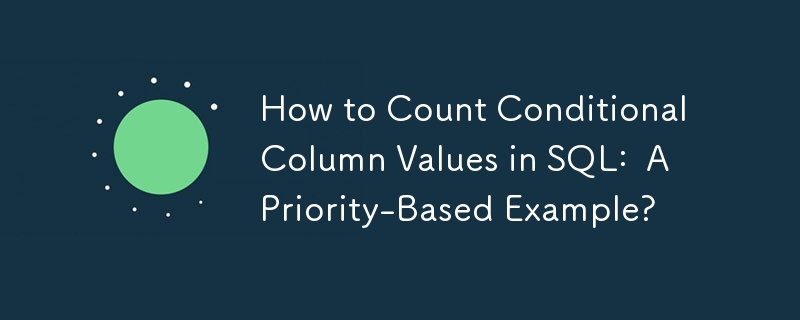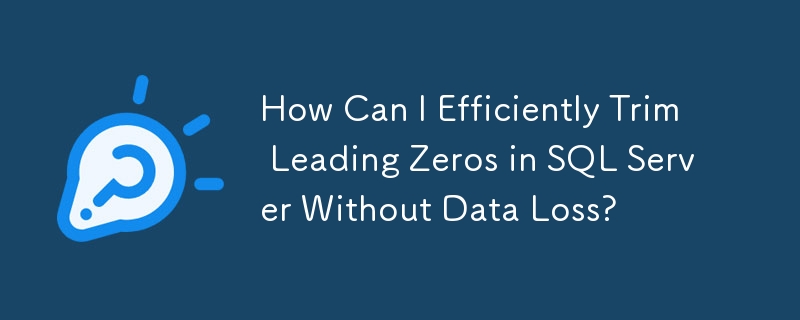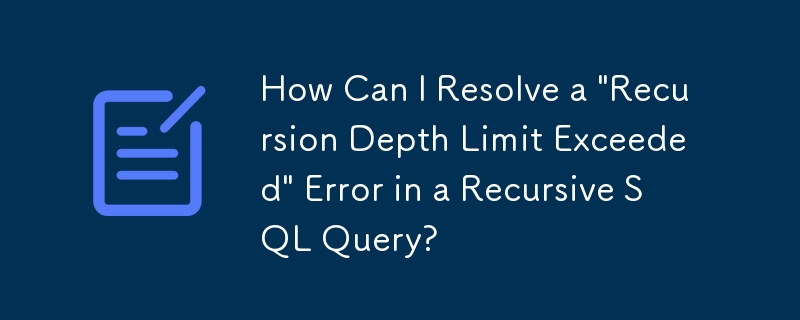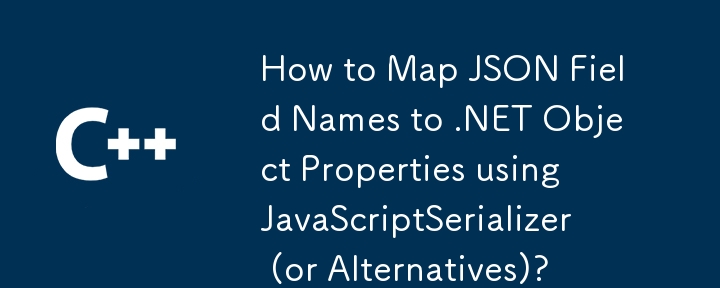Found a total of 10000 related content
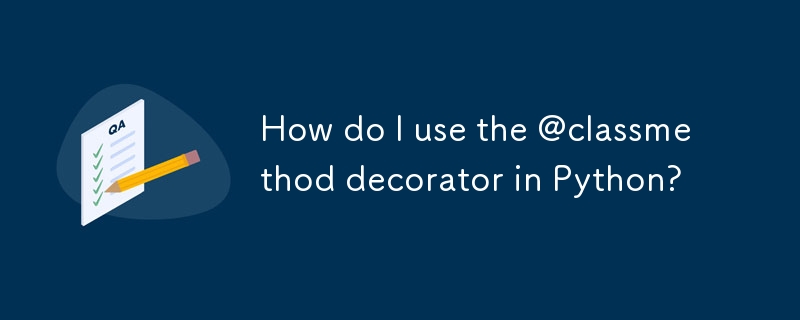
How do I use the @classmethod decorator in Python?
Article Introduction:@classmethod is used in Python to define a class method that receives a class (cls) as the first parameter, not an instance (self), allowing it to access or modify class-level data or create instances. It is suitable for alternative constructors, handling class-level states, and implementing factory patterns. Unlike @staticmethod, the latter does not receive class or instance parameters. For example, you can use @classmethod to implement different object creation methods, such as initializing Person instances with full names. Additionally, @classmethod performs well in inheritance and will correctly pass its own class when called. When using it, make sure that the test class and instance call behavior are consistent and avoid overuse.
2025-06-27
comment 0
156
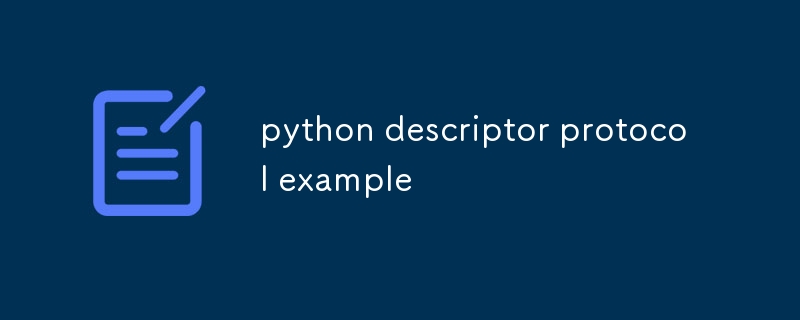
python descriptor protocol example
Article Introduction:The descriptor protocol controls attribute access by implementing the __get__, __set__ or __delete__ methods. 1. Define a class to implement the __get__, __set__ or __delete__ methods; 2. Use an instance of this class as a class attribute of another class; 3. Automatically trigger the corresponding method when accessing the attribute. For example, StringDescriptor ensures that the attribute is a string type, and calls __get__ when accessing, checks the type through __set__ when assigning, and calls __delete__ when deleting. The priority of data descriptor (implementation __set__) is higher than that of instance __dict__, and is often used in scenarios such as type verification, ORM fields, etc., using __dict
2025-07-25
comment 0
336

Implementing the Repository Pattern in Laravel.
Article Introduction:The purpose of implementing the Repository mode in Laravel is to decouple business logic and data access layer and improve code maintainability and scalability. 1. Create Interface and specific implementation classes; 2. Bind the interface to the implementation class through ServiceProvider; 3. Dependency injection interface in the Controller and call methods. Use the app/Repositories directory to store the UserRepositoryInterface and EloquentUserRepository examples, register the binding through the bind method, and access user data using dependency injection in the UserController. This mode is suitable for multiple data sources
2025-07-20
comment 0
802

Using Eloquent API Resources in Laravel.
Article Introduction:EloquentAPIResources is a tool in Laravel for building structured JSON responses. 1. It serves as a conversion layer between the model and the output data; 2. It can control the return field, add additional fields, and unified format; 3. Create a Resource class through Artisan and define a toArray method; 4. Use newResource() or Resource::collection() to return data in the controller; 5. Usage techniques include avoiding deep nesting, preloading relationships, conditional return fields, custom paging and naming specifications. Rational use can improve the clarity and performance of the API.
2025-07-23
comment 0
959

Advanced data validation techniques in Laravel
Article Introduction:Laravel provides a variety of advanced data verification technologies, including encapsulating complex logic using custom rule objects, reusing verification rules using form requests, implementing conditional verification through sometimes methods, and uniqueness checking in combination with database rules. First, create a custom rule class through make:rule and define logic in passes() and message() methods, so complex verification such as age limit can be achieved; second, create a form request class using make:request to separate the verification logic and directly inject it into the controller to improve the code organization structure; third, call the sometimes() method to dynamically decide whether to verify a certain field based on the input value, which is suitable for dynamic forms
2025-07-02
comment 0
168

What is Laravel Livewire?
Article Introduction:The Livewire component is the basic unit for implementing dynamic front-end interactions in Laravel, which consists of PHP classes and Blade views. 1. PHP class processing logic, such as responding to events or updating data; 2. The Blade view is responsible for rendering HTML and binding interactive behavior. For example, when clicking the "Load More" button, you only need to define the corresponding method in the component to automatically complete AJAX requests and content updates. Common scenarios include: 3. Form verification and submission; 4. Real-time search suggestions; 5. Pagination or loading more; 6. Interactive actions such as likes and collections. The quick steps to get started are: 7. Install the livewire/livewire package through Composer; 8. Run phpartisanlivew
2025-07-21
comment 0
777
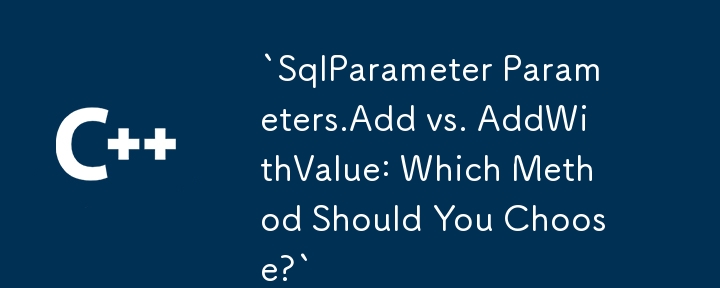

Dave The Diver: How To Catch Spider Crabs
Article Introduction:In Dave The Diver, there are some creatures that are not easy to catch. Or, catch alive that is. The spider crab is one of those very species, making it seem like the only way to bring these crustaceans back up to land is to viciously crack them up w
2025-01-10
comment 0
865
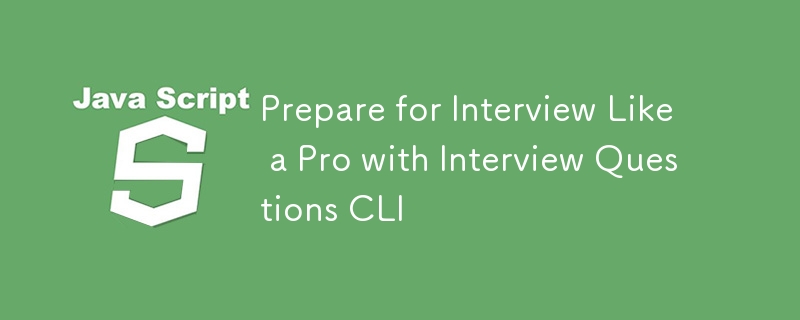
Prepare for Interview Like a Pro with Interview Questions CLI
Article Introduction:Prepare for Interview Like a Pro with Interview Questions CLI
What is the Interview Questions CLI?
The Interview Questions CLI is a command-line tool designed for JavaScript learners and developers who want to enhance their interview
2025-01-10
comment 0
1492
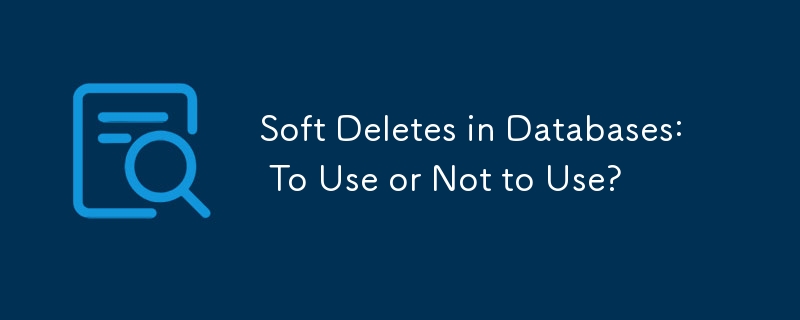
Soft Deletes in Databases: To Use or Not to Use?
Article Introduction:Soft Deletes: A Question of DesignThe topic of soft deletes, a mechanism that "flags" records as deleted instead of physically removing them, has...
2025-01-10
comment 0
1086

Terraria: How To Make A Loom
Article Introduction:There are a lot of crafting stations that you can make in Terraria. This ranges from simple anvils to unique stations meant for one specific type of resource. Early into the game, you'll be able to make your own Loom, which is primarily used to make
2025-01-10
comment 0
1371








